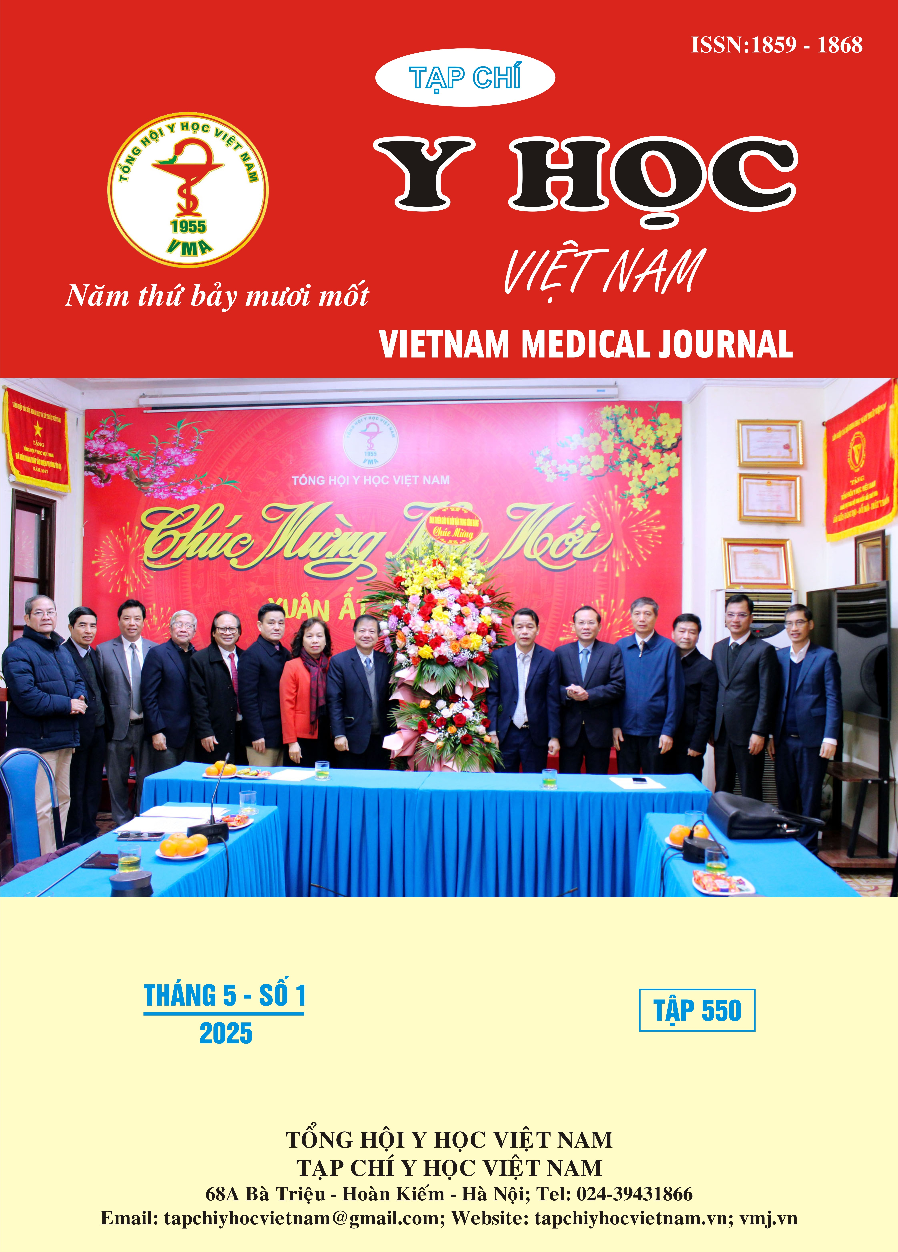NUTRITIONAL CHARACTERISTICS OF THE TRANSITIONAL PHASE BETWEEN PARENTERAL AND ENTERAL NUTRITION IN LESS THAN 32 WEEKS’ GESTATION AND 1500 GRAM INFANTS AT THE NEONATAL INTENSIVE CARE UNIT
Main Article Content
Abstract
Background: Nutritional optimization is fundamental to postnatal care to prevent postnatal growth failure (PGF) or extrauterine growth restriction (EURG) in preterm infants. In the early postnatal period, adjustments and transitions between parenteral and enteral nutrition can be associated with growth delays. Clear guidelines for this transition are lacking, leading to variations among neonatal intensive care units. This study aims to describe the characteristics and impact of nutrition during this period on PGF at 28 days of age. Methods: Retrospective and prospective descriptive study on infants <32 weeks of gestation and birthweight <1500 g admitted to the Neonatal Intensive Care Unit of Children's Hospital 2 from August 1, 2022 to April 30, 2024. Results: There were 83 very preterm and very low birth weight infants who met the inclusion criteria. The average gestational age was 27.6 ± 1.7 weeks. The average birthweight was 1026.8 ± 200.3 g and the average day of regaining birthweight was 13.0 ± 5.2 days. The PGF rate increased from 2 (2.4%) at birth to 47 (56.7%) at 28 days of age. Based on calculations, the macronutrient composition aligns with recent recommendations. At the nutritional transition around 13 days of age, the energy absorbed by the infant may be lower than calculated based on nutritional composition due to the still-developing digestive absorption capacity, coupled with reduced energy from parenteral nutrition. Conclusions: Appropriate nutritional composition adjustments are necessary based on the actual energy the infant receives during the transition from parenteral to enteral nutrition.
Article Details
Keywords
Very preterm infant, very low birth weight infant, enteral nutrition, parenteral nutrition, postnatal growth failure, extrauterine growth restriction
References
2. Phạm Lê Mỹ Hạnh, Nguyễn Thu Tịnh. Đặc điểm dinh dưỡng và mối liên quan với chậm tăng cân của trẻ có cân nặng khi sinh dưới 1250 gram tại khoa hồi sức sơ sinh bệnh viện Nhi Đồng 1. Tạp chí Dinh Dưỡng và Thực Phẩm. 2020;16(6):27-35.
3. Nguyễn Duy Tân, Phạm Diệp Thùy Dương, Bùi Quang Vinh. Đặc điểm nuôi dưỡng trẻ non tháng - nhẹ cân trong chương trình hỗ trợ nuôi con bằng sữa mẹ tại khu cách ly khoa sơ sinh bệnh viện Nhi Đồng 2. Y Học TP Hồ Chí Minh. 2018;22(phụ bản số 1):222-228.
4. Leksomono N, Sutomo R, Haksari EL. Predictors of early growth failure in preterm, very low birth weight infants during hospitalization. Paediatrica Indonesiana. 2019;59(1):44-50.
5. Lee SM, Kim N, Namgung R, Park M, Park K, Jeon J. Prediction of Postnatal Growth Failure among Very Low Birth Weight Infants. Sci Rep. 2018;8(1):3729.
6. Fenton TR, Kim JH. A systematic review and meta-analysis to revise the Fenton growth chart for preterm infants. BMC Pediatrics. 2013;13(1):59.
7. Khan Z, Morris N, Unterrainer H, Haiden N, Holasek SJ, Urlesberger B. Effect of standardized feeding protocol on nutrient supply and postnatal growth of preterm infants: A prospective study. NPM. 2018;11(1):11-19.
8. Wang L, Lin XZ, Shen W, et al. Risk factors of extrauterine growth restriction in very preterm infants with bronchopulmonary dysplasia: a multi-center study in China. BMC Pediatrics. 2022;22(1):363.


